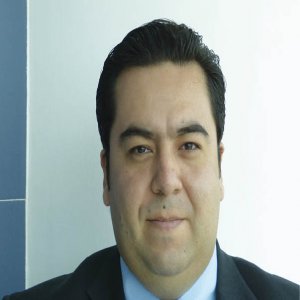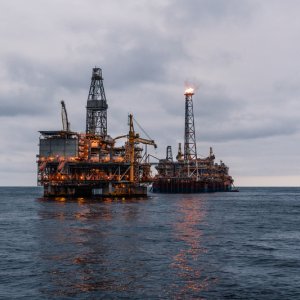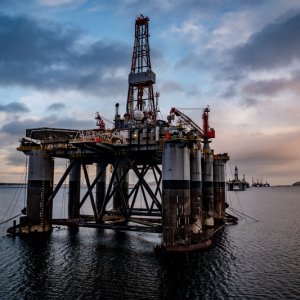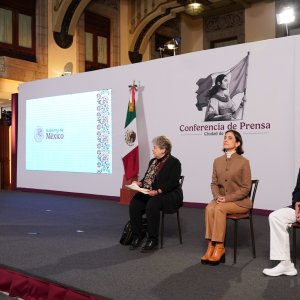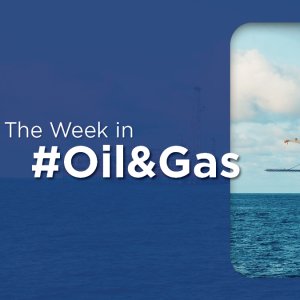Building a Helicopter Fleet that Meets Tomorrow’s Needs
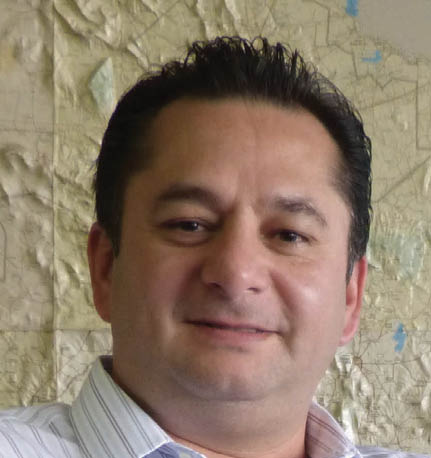
STORY INLINE POST
Enrique Zepeda Navarro, Executive Director and CEO of Transportes Aéreos Pegaso (Pegaso), admits 2014 was a rough year for service providers to the Mexican oil and gas sector. His gloomy outlook comes from the paralysis suffered by the industry due to the long time it took for the rules of the Energy Reform to be settled, which has persisted into 2015. “The expectations were very high, but now that everything has been approved, we see how many challenges still lie ahead. Alongside that, the international image of Mexico has changed for the worse. The Energy Reform was promoted for a long time, took much longer than expected, and now everything has been turned upside down.” According to Zepeda, part of the responsibility for changing Mexico’s international perception falls on companies such as Pegaso, a leader in cargo and personal offshore air transportation in Mexico. Through the adoption of international standards, the company is seeking to provide its services to the IOCs and independents that are expected to enter the market. To do so, Pegaso is adapting to the different requirements that these companies have, as compared to existing customers like PEMEX, Halliburton, or Schlumberger. These variations cover Safety Management Systems, crew training, and flight equipment, among others. “There are some rules that apply in the North Sea, known as OGP, which are required by foreign companies as safety precautions. Although these are not necessary for the conditions of the Mexican environment, we are preparing to meet these requirements,” he admits.
Pegaso, which has three decades of experience flying to PEMEX’s platforms in the Gulf of Mexico, was the first Mexican aviation company to obtain the global ISO 9001:2000 quality assurance certification back in 1998. Today, the company wants to stand out as a pioneer as the oil and gas sector adopts higher standards of security, reliability, and efficiency. “Currently, 20% of our fleet meets OGP rules, whereas none of our competitors do so yet. By making certain modifications and lowering the number of passengers per flight, we could increase that percentage,” Zepeda says. “The competition in our segment cannot come from abroad since the Energy Reform did not change anything regarding aviation laws. Foreign airlines are not allowed to provide passenger transportation within Mexican borders. The only chance for them to enter this market is by partnering with Mexican companies.” With a fleet that includes 28 Airbus helicopters, including the EC155, EC145, EC135, and EC130, Pegaso had an annual record in 2013 of 600,000 flight hours, transporting more than 2.25 million passengers. “In 2014, we added two extra EC155s to our fleet for heli-lift missions to deepwater oil and gas platforms in the Gulf of Mexico. It was quite a busy year during which PEMEX was still our main customer,” he shares. The EC155 long-range, twin-engine helicopter may be one of the most popular choices for oil and gas transportation needs worldwide but it does not fully meet OGP standards. “The EC155 only meets 80% of OGP requirements because of the power of its engines. It was initially banned in the North Sea before being brought back two years ago. This was because the model that replaced it, the Augusta AW139, presented various problems, mainly related to the motor brakes, which caused several accidents. We are now evaluating precisely where we stand with the OGP rules,” Zepeda states.
In order to get closer to full OGP compliance, Pegaso has already put in an order for the brand new Airbus Helicopters H175. This next generation, twin-engine helicopter presents more space per seat, offering more comfort in its wide cabin for 16-18 passengers. In addition to having the largest cabin in its class, the H175 incorporates a class 1, high-speed double hoist, a drip tray for additional protection from water during rescue operations, and two external life rafts with an 18-person capacity with Sea State 6 certification. “The H175 fulfills all OGP requirements. The plan is to use these models for deepwater operations, even though activity in this segment has been slow lately. It will take time for these projects to begin oil production, but we will see activity increasing in the next three years,” he tells. For PEMEX’s exploration activities, Pegaso has enough capacity to serve the NOC with its four EC155s, which provide optimum range, accessibility, and safety. “The only issue is that we cannot evacuate all the staff from the oil rigs with our available units. PEMEX will have to buy more capacity for such security reasons. This is why we purchased the EC175, which will be used to cover that eventuality. We will see if PEMEX decides to invest in the EC175 itself, as it has never followed OGP rules until today. Even foreign companies on the US side of the Gulf of Mexico sometimes decide against complying with these rules,” says the CEO. Fully complying with OGP rules would also help Pegaso reassure PEMEX and other potential clients about its quality as a partner. “We have clients from China, France, Canada, the US, and many other places, that are working with PEMEX and audit our services every year. The Mexican aviation authority, DGAC, and PEMEX both audit Pegaso on a yearly basis as well. We are audited almost every month, and we welcome these audits as we do not cut corners on either training or maintenance,” concludes Zepeda.




